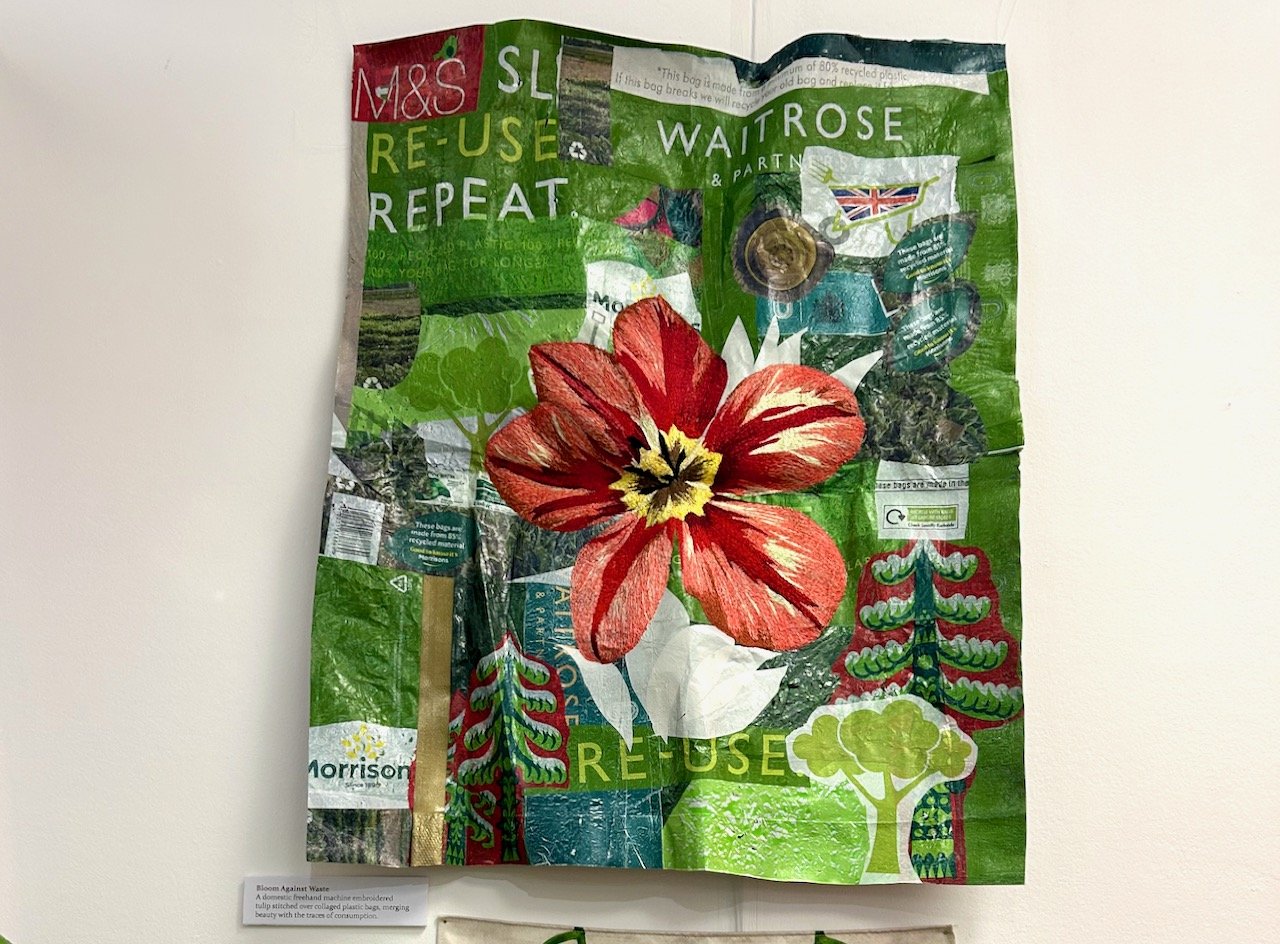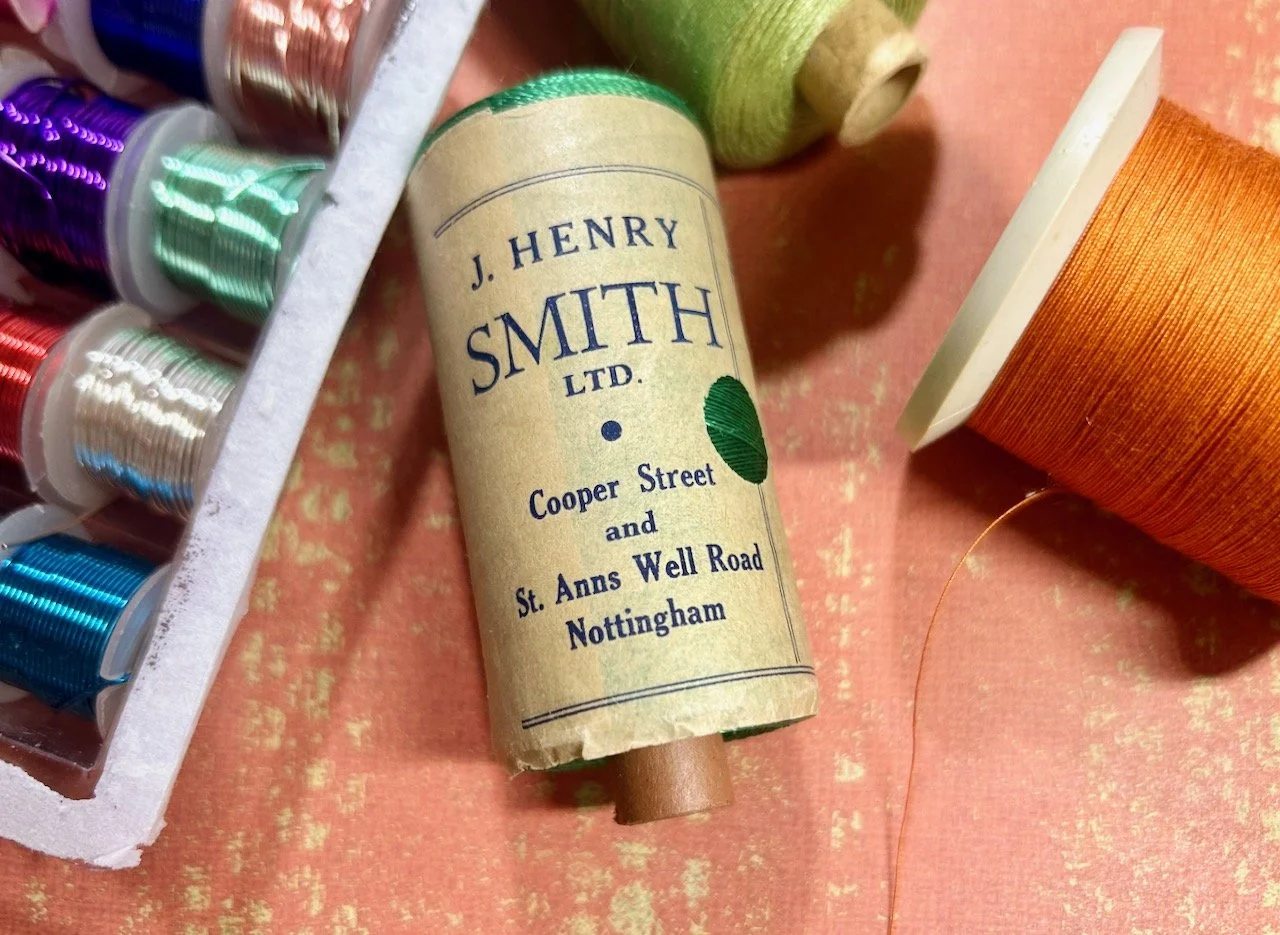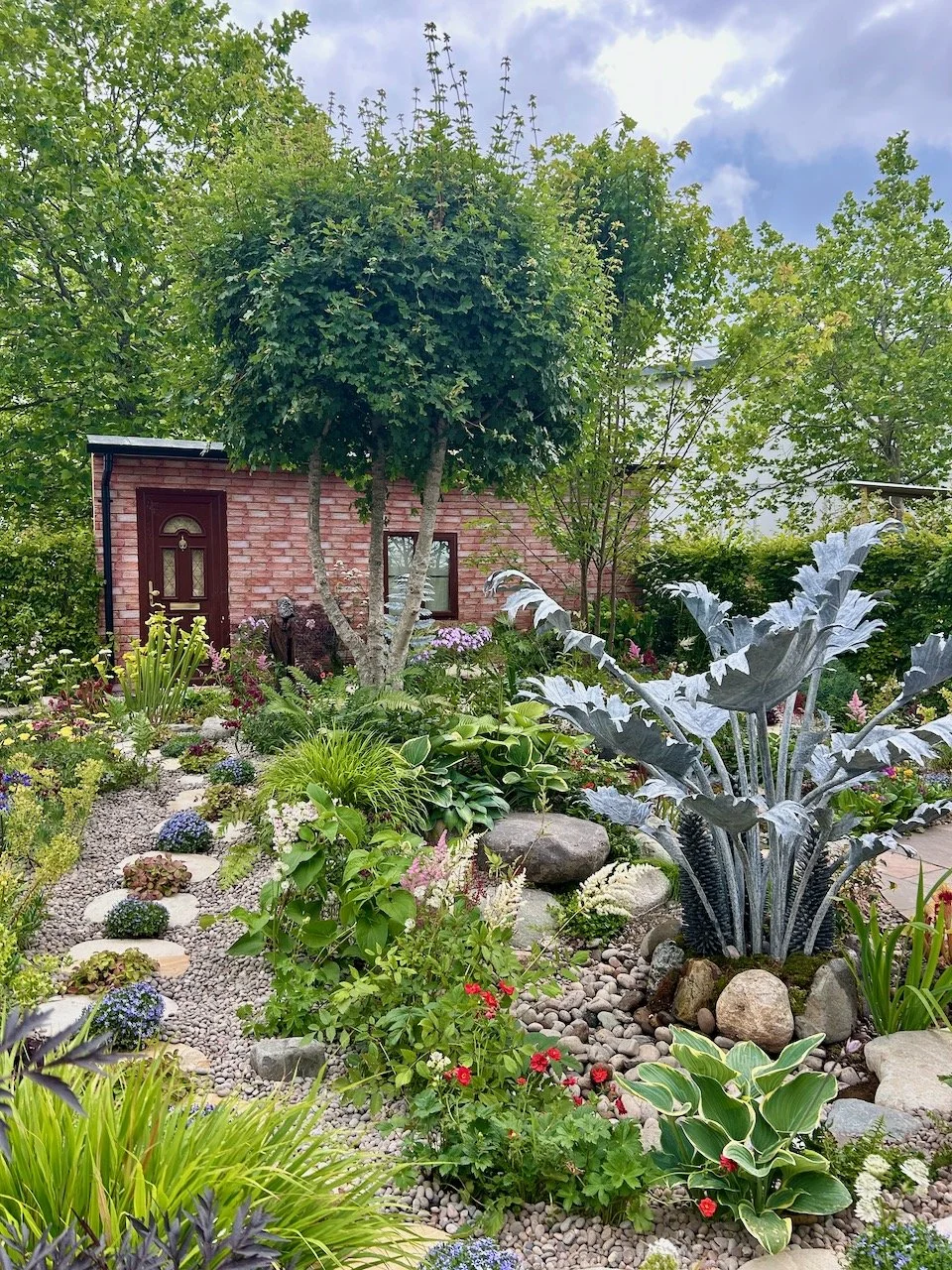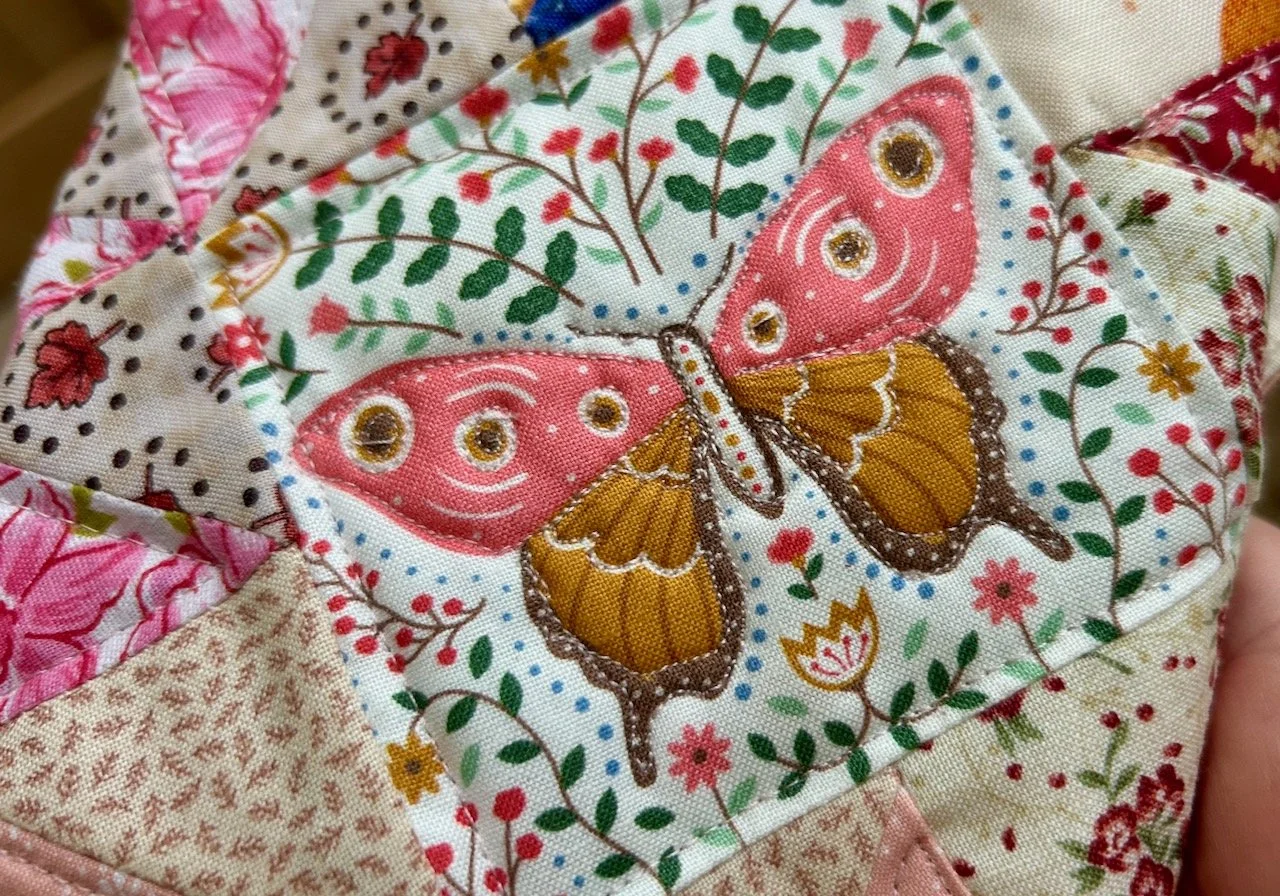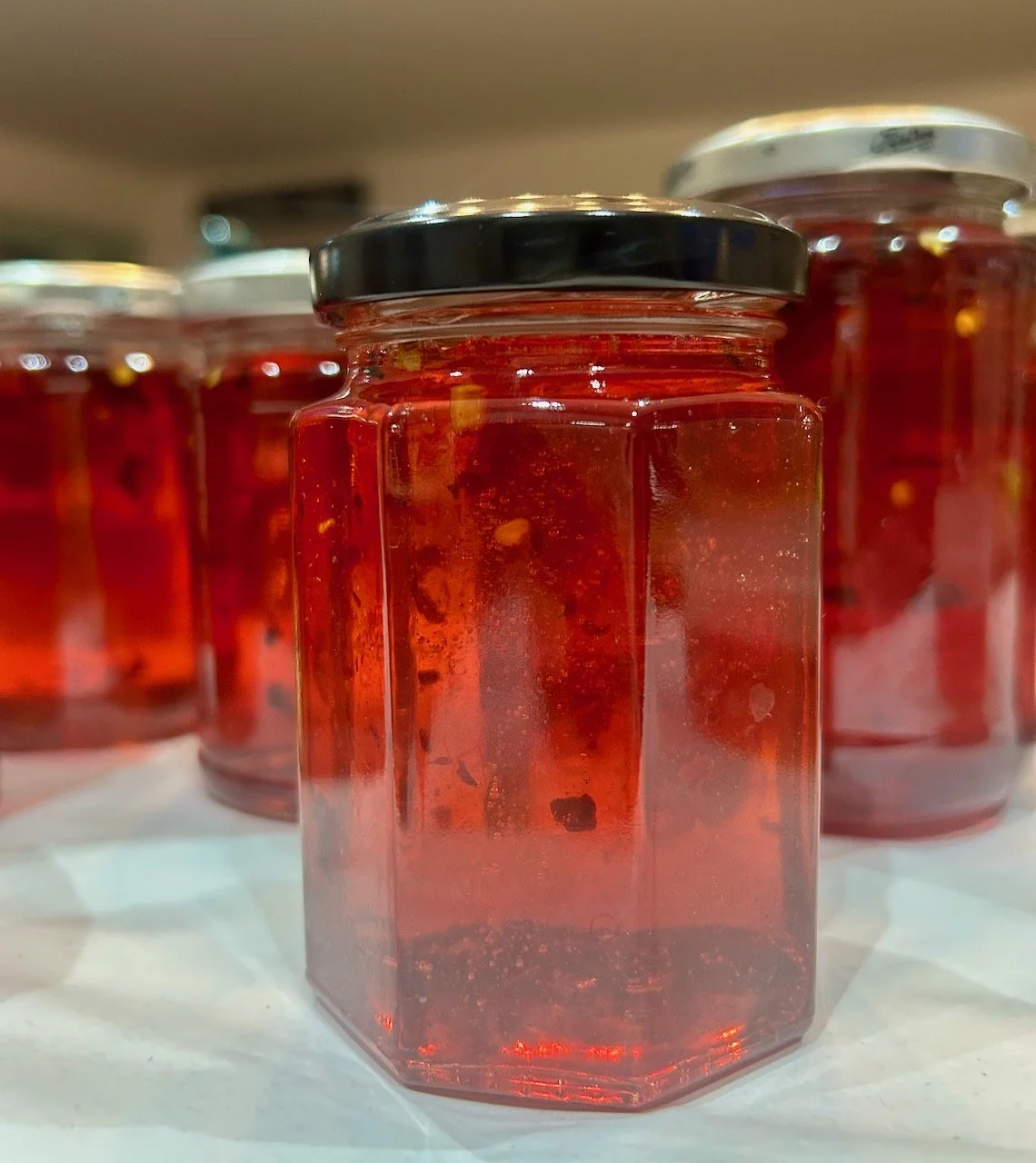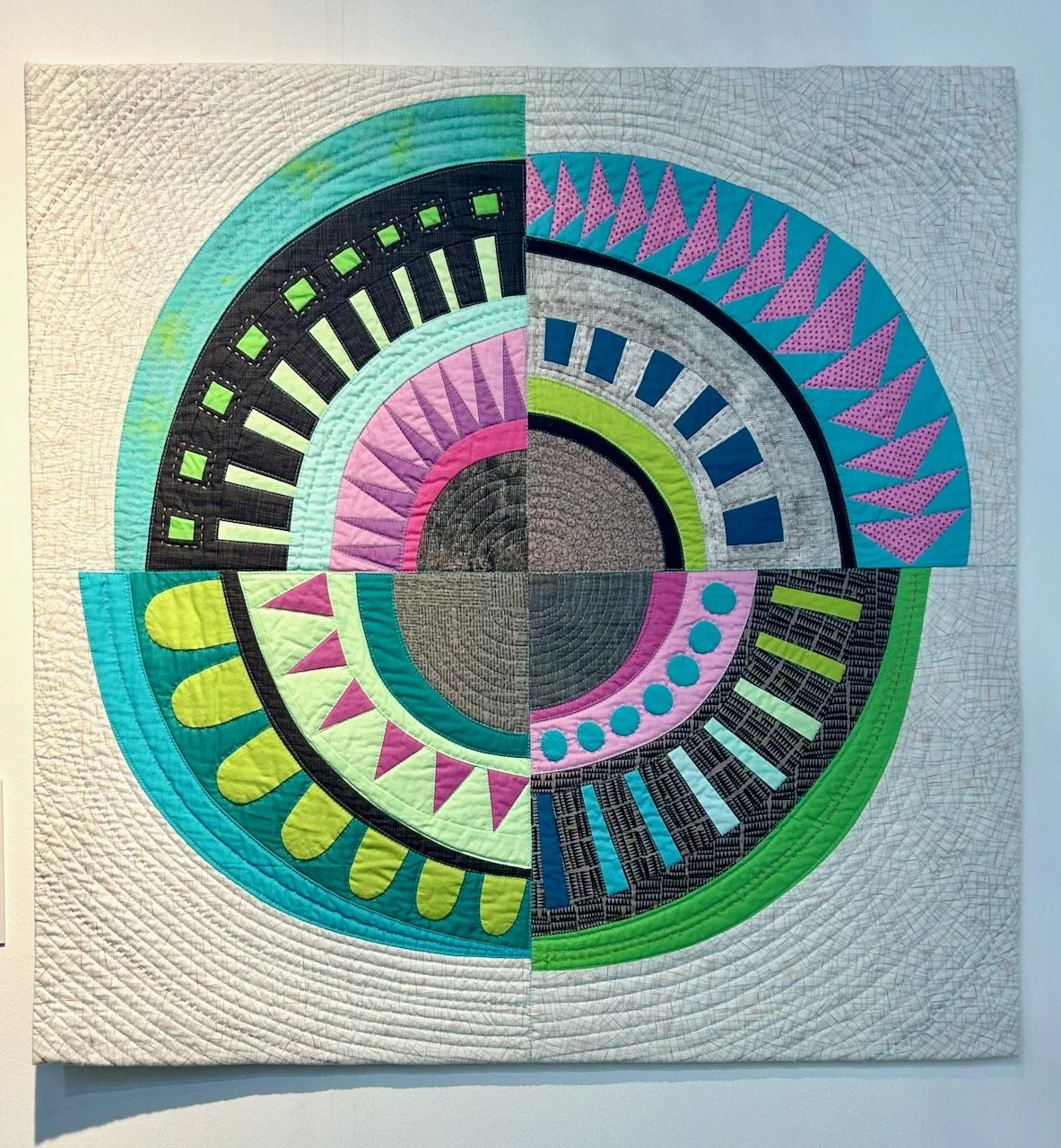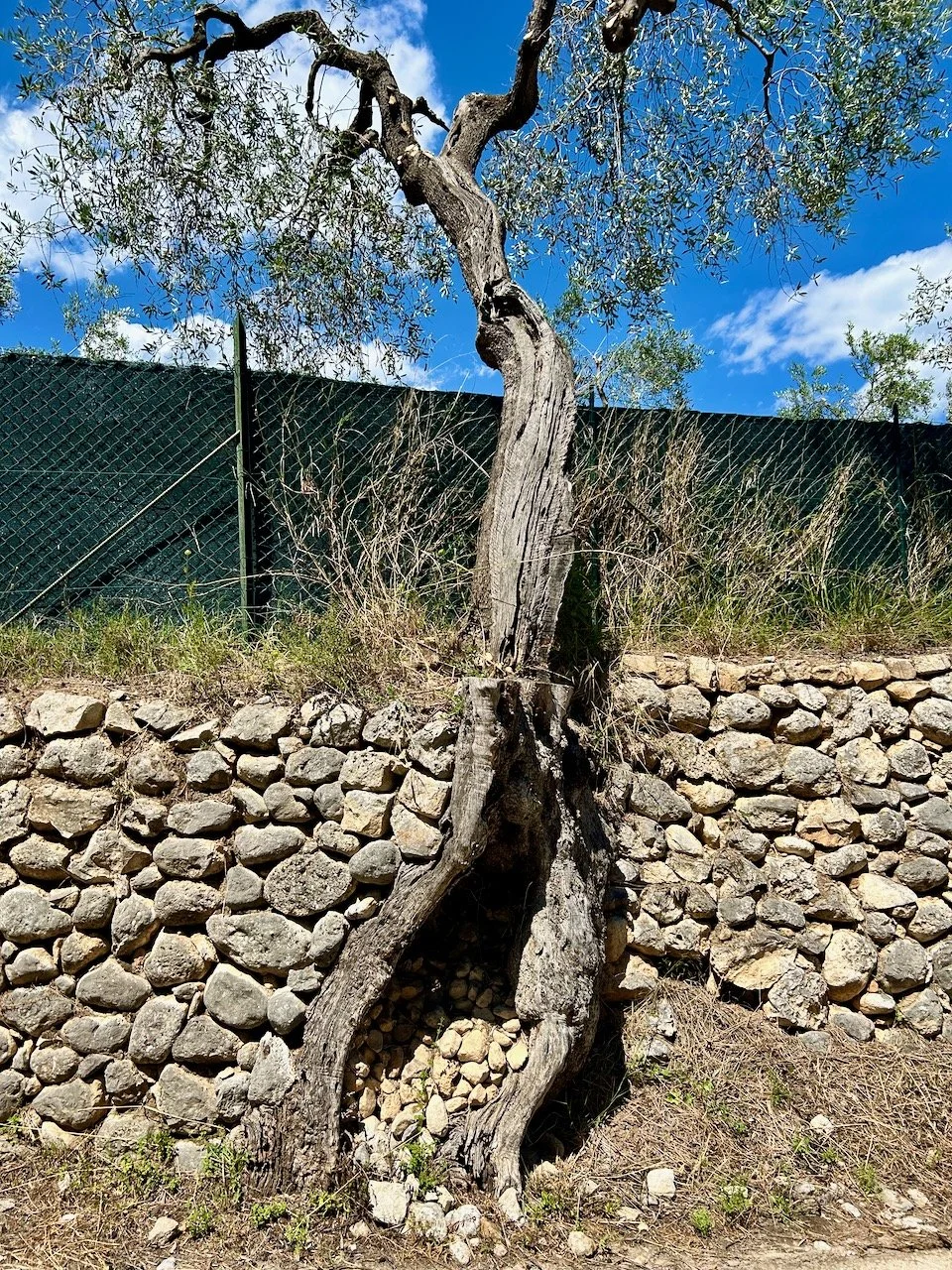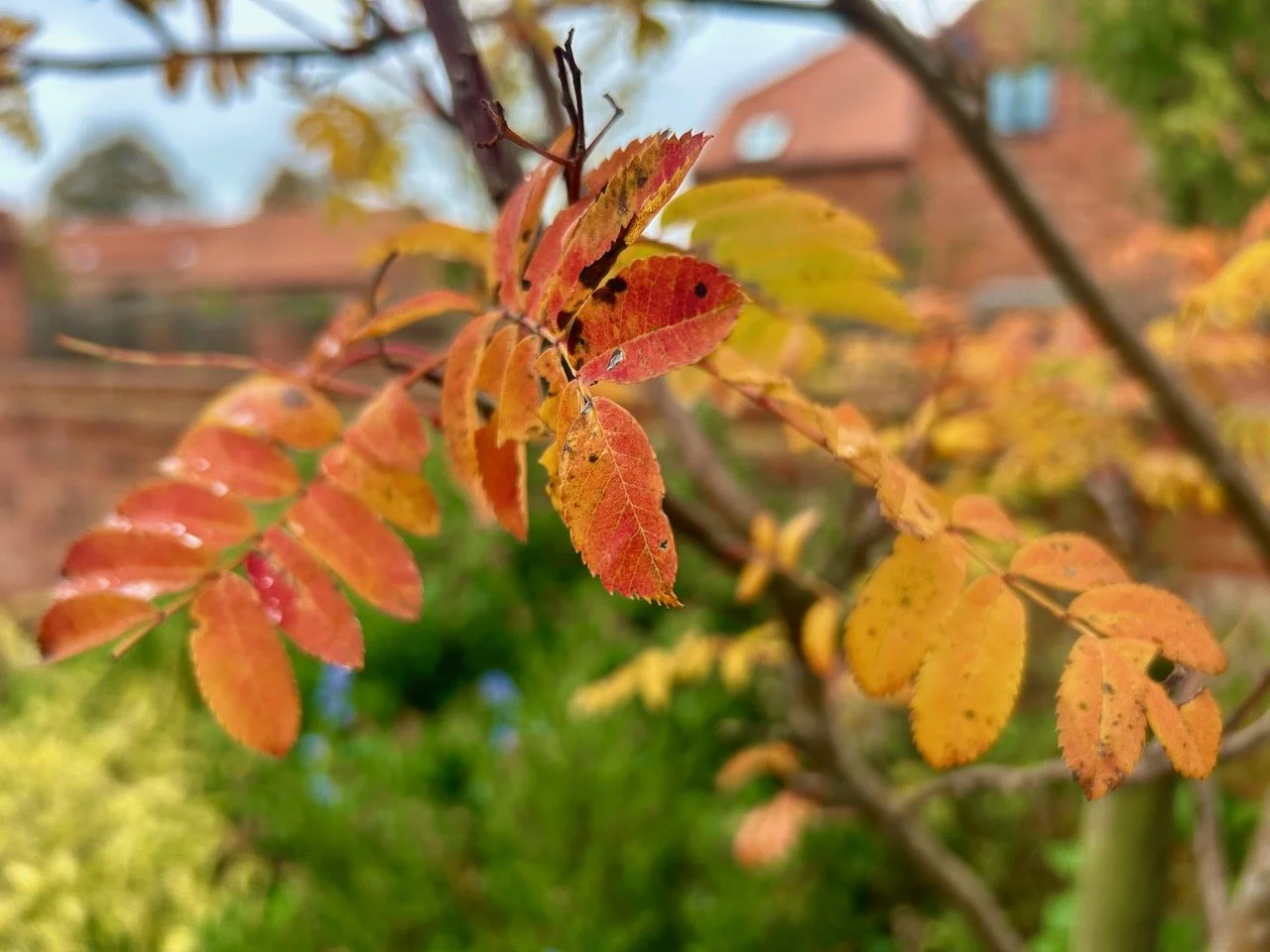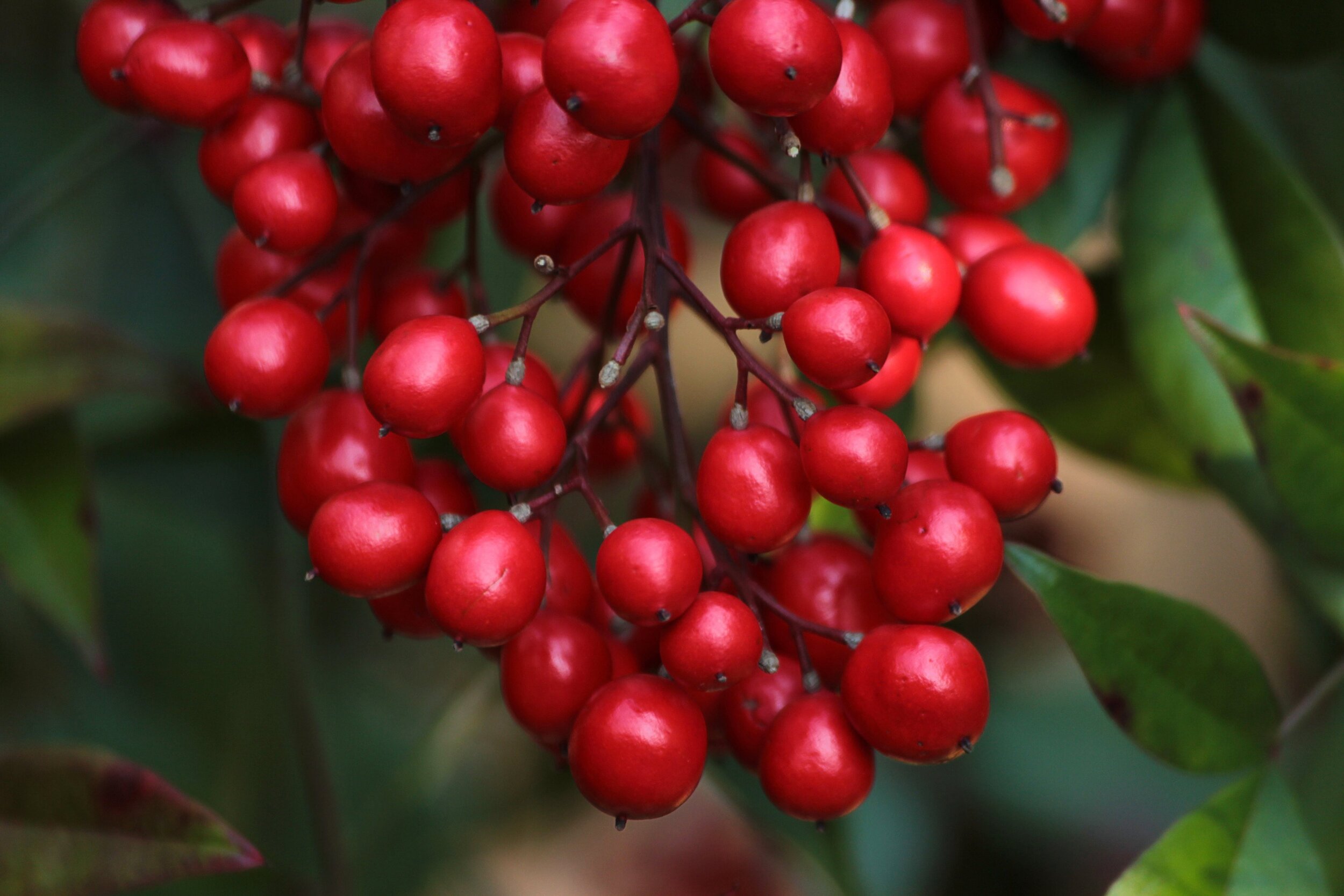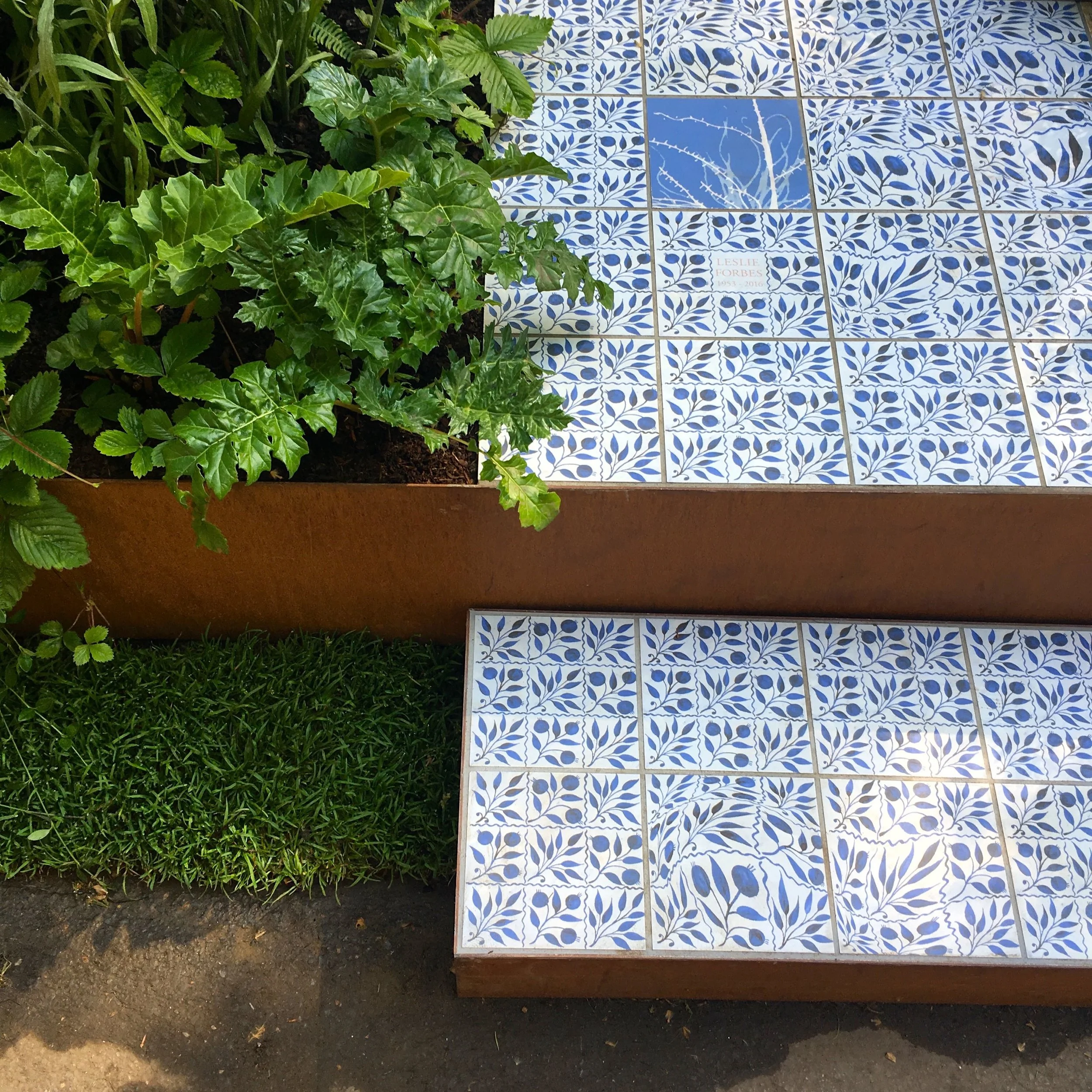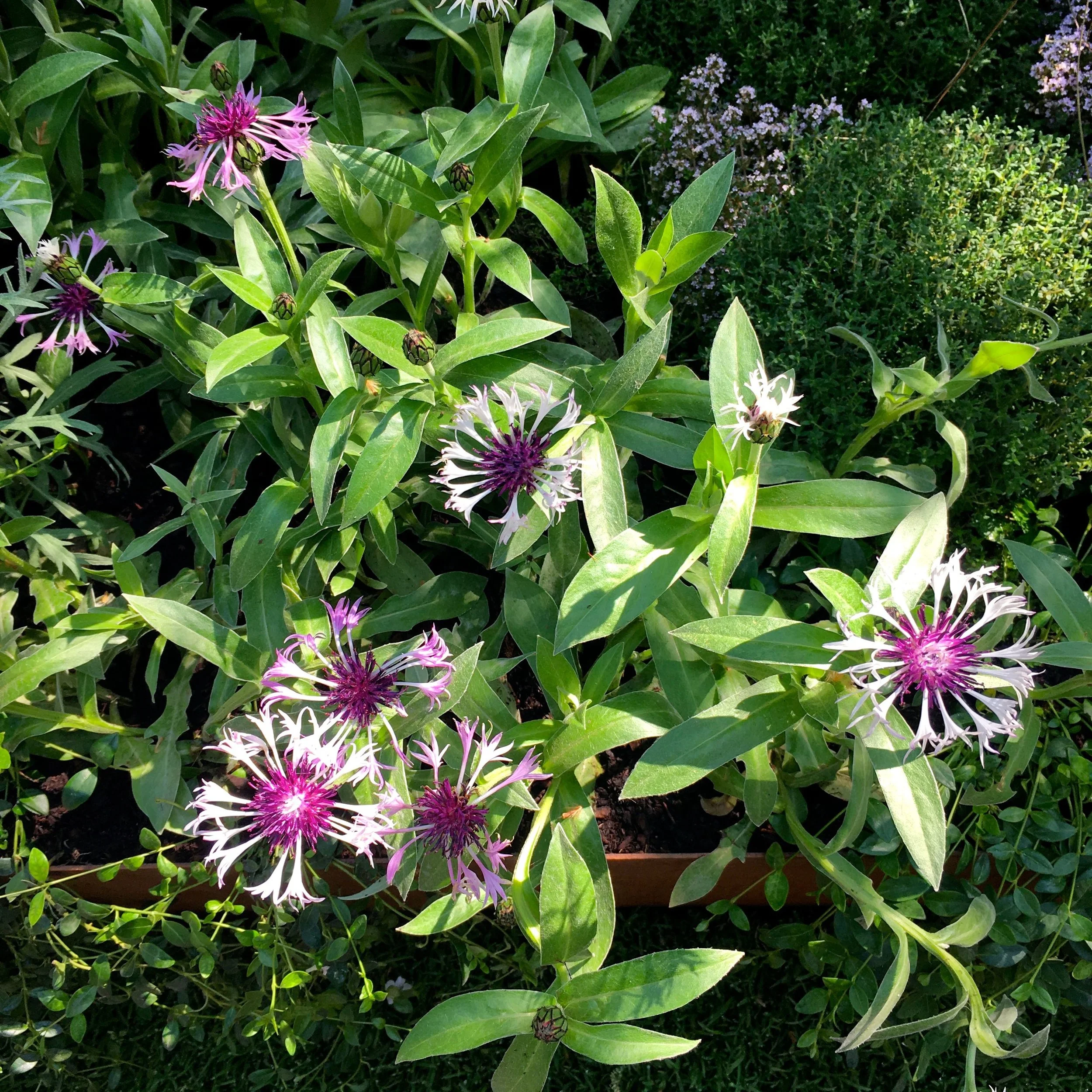This was one of the first Artisan gardens that I saw at this year’s Chelsea Flower Show and while it was stunning, and set the tone for the day, my overriding thought then and at the time was, how is she going to sit there for so long. Although on the plus side, at least she’s got a job where she can sit and read all day, but then again it was warm, and that dressed didn’t look the coolest.
I know that’s not what this garden is about, but that’s where my practical mind went. With that sorted, I could address the garden and its purpose, which was to raise the awareness of Epilepsy. And the more I saw, the more I learnt.
The garden is a collaboration between the arts and science to explore the effects of epilepsy, a neurological disorder that affected the eldest daughter of William Morris, and to raise awareness of how it remains a challenge today.
Now you can see where the tiles fit in can’t you?
The garden divides into three planting spaces representing the mind before, during and after an epileptic seizure, which each area having a different texture and atmosphere.
The teasels are one of the plants that represent the seizure, but even so it’s been a while since I’ve seen these in a garden. A family friend used to have a large bush in her garden in Carlisle and she would pick them, and dry them and decorate them as hedgehogs, and they really were quite cute. I’m sure, if I remember rightly, that clothes and spectacles were made for them too.
There’s two key plants in this garden too - valerian and artemisia, both calming to look at, because they’re used in the treatment of epilepsy. They’re in the pre-seizure area of the garden which is dominated by white flowers, whereas the post-seizure planting above, is full of colour and indicates the heightening of the senses which can follow.
It is a fascinating garden on many levels, but it’s also one I’d be happy to sit in with a good book too - what about you?

